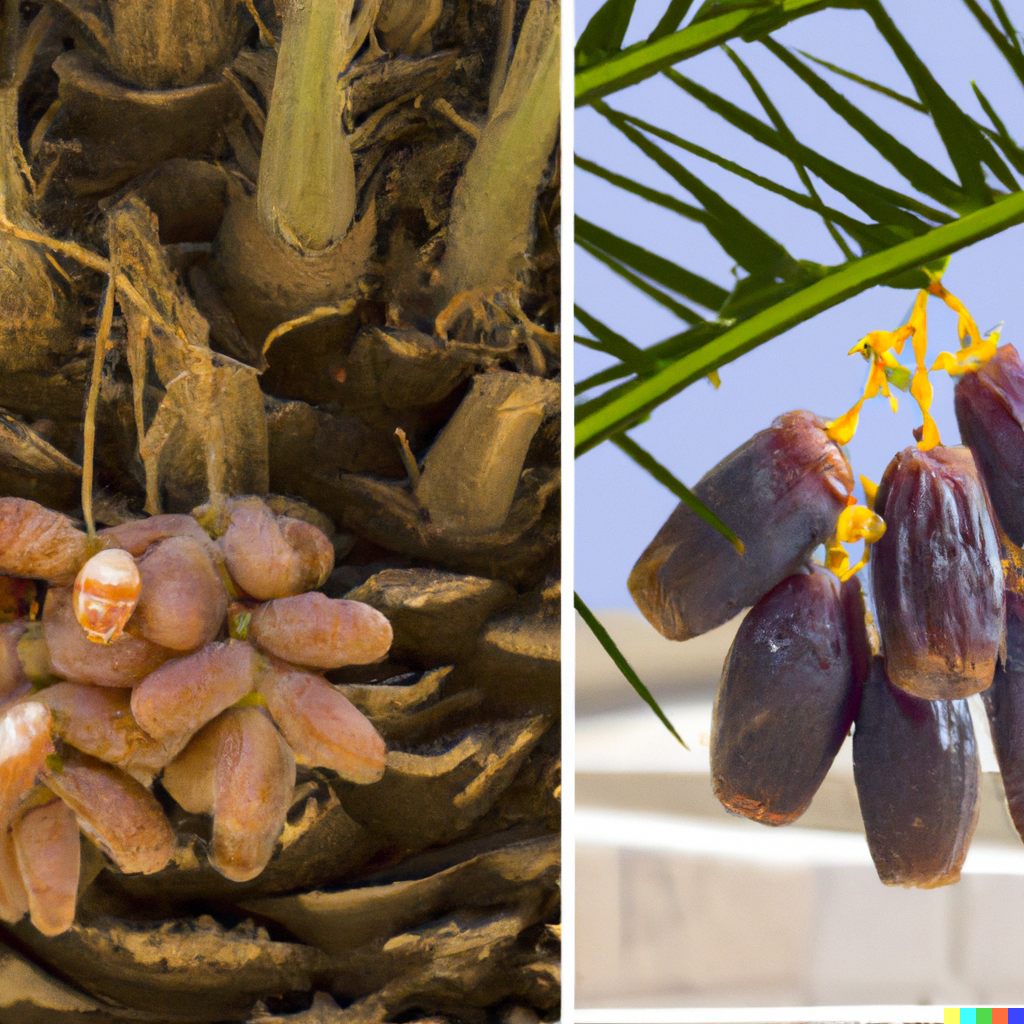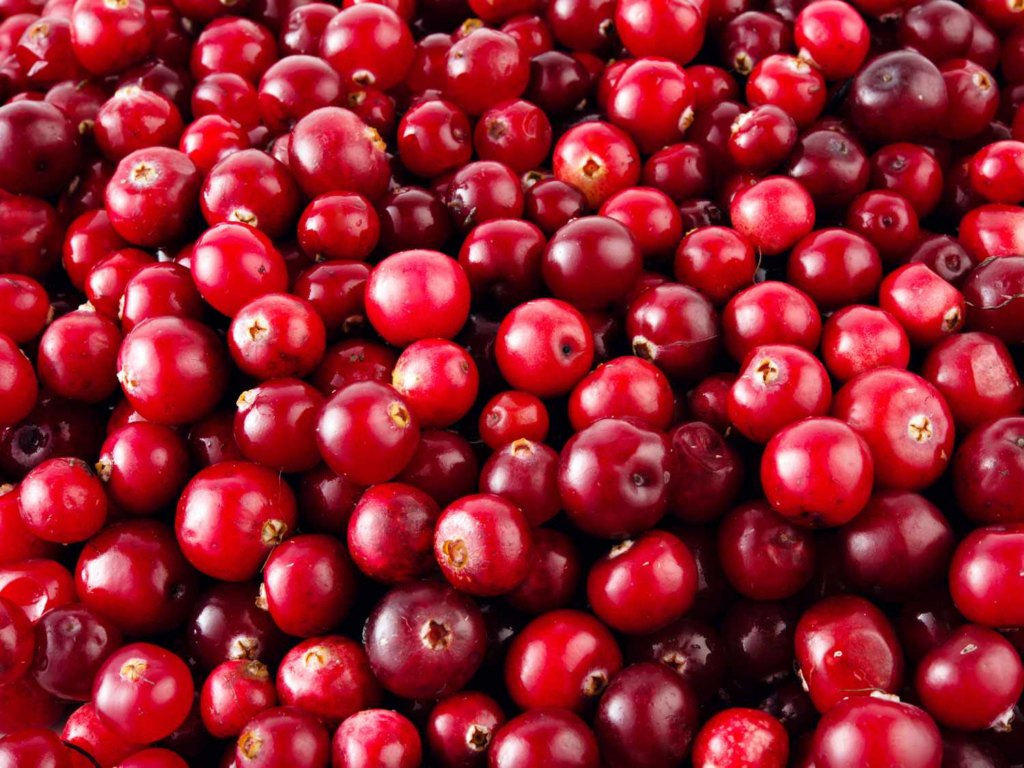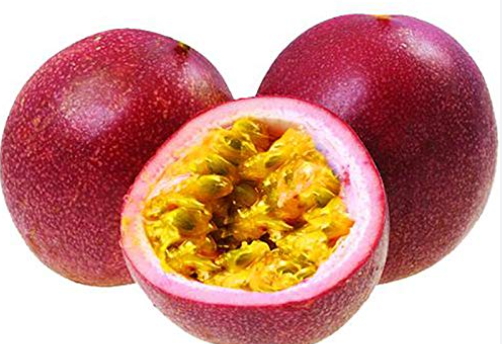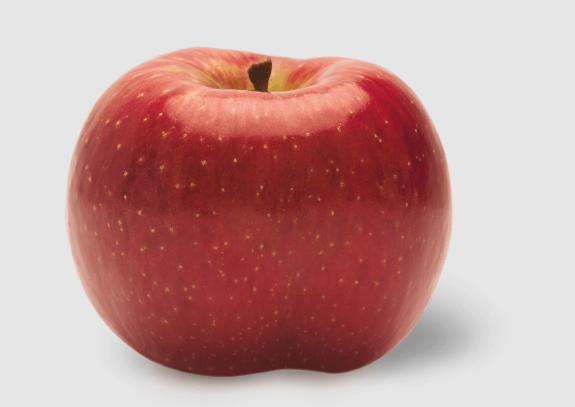Costa Rica is a beautiful country well-known for its wildlife and variety of tasty tropical fruits. Its national fruit is especially popular and holds great importance for Costa Ricans. We will delve into which fruit holds this title, what makes it special, and why it’s so important to the people of Costa Rica.
With its gorgeous beaches and breathtaking views, Costa Rica is also celebrated for its many tropical fruits grown in its bountiful rainforests and fertile soils. Among all the fruits, the Guanábana, or Soursop, shines as the country’s national fruit.
Table of Contents
Costa Rica’s National Fruit Unveiled
The Guanábana, originating from Central and South America, thrives in tropical climates across the globe. Its selection as Costa Rica’s national fruit is due to its distinct taste and health benefits.
Flavor-wise, the Guanábana is a blend of sweet and tangy, reminiscent of pineapple and strawberry with a citrusy note. It is a powerhouse of vitamin C, B vitamins, fiber, and antioxidants. Known for its medicinal use, the Guanabana is said to help with fevers, coughs, and has potential anti-cancer qualities.
What Does the Guanábana Look Like?
This fruit is large, with a heart-like shape, and can tip the scales at 15 pounds. Its skin is spiky and green, turning slightly yellow when ripe. The Guanábana’s flesh is creamy white with inedible black seeds. Picking it requires care due to its hefty size and formidable skin, but it is a beloved part of Costa Rican food culture due to its taste and nutritional value.
How Is Guanábana Grown and Produced?
Guanábana trees thrive on the Atlantic and Pacific coasts and the central valley of Costa Rica. They need a tropical, wet climate, which Costa Rica provides perfectly. To grow this fruit, the seeds must be planted in soil rich in nutrients, and the tree needs plenty of water and fertilizer. When ripe, the fruit is picked by hand or with special tools, washed, sorted, and packaged for sale or export, primarily to the U.S.
Using Guanábana in Food
In Costa Rican cooking, Guanábana is a versatile fruit. It’s found in soups, salads, desserts, as well as in refreshing juices and smoothies. Its unique flavor pairs perfectly with other tropical fruits such as mango, papaya, and pineapple, and it’s also used globally in treats like ice cream, sorbet, and puddings.
Health Benefits of Guanábana
In Central and South American traditional remedies, Guanábana fruit has a history of being used for health issues like fever, cough, and inflammation. It’s rich in healthy compounds like antioxidants and has properties that reduce inflammation. Some researchers think it might even help fight cancer, but more studies are needed to confirm its effectiveness.
The Guanábana’s Role in the Environment
The Guanábana tree is key to the Costa Rican ecosystem, providing food for birds and monkeys. It helps the soil stay in place and offers shade for other plants. However, deforestation and building in the area are threats to their existence. That’s why conservation and sustainable farming are now priorities to ensure these trees continue to flourish.
Final Thoughts on Costa Rica’s National Fruit
The Guanábana is more than just a delicious fruit in Costa Rica; it’s a cultural icon. Its nutritional bounty, potential health benefits, and ecological importance make it a treasure for Costa Ricans and the wider world. Yet, its natural habitats face challenges, and it’s crucial to safeguard this fruit with responsible growing practices for future generations to enjoy.









